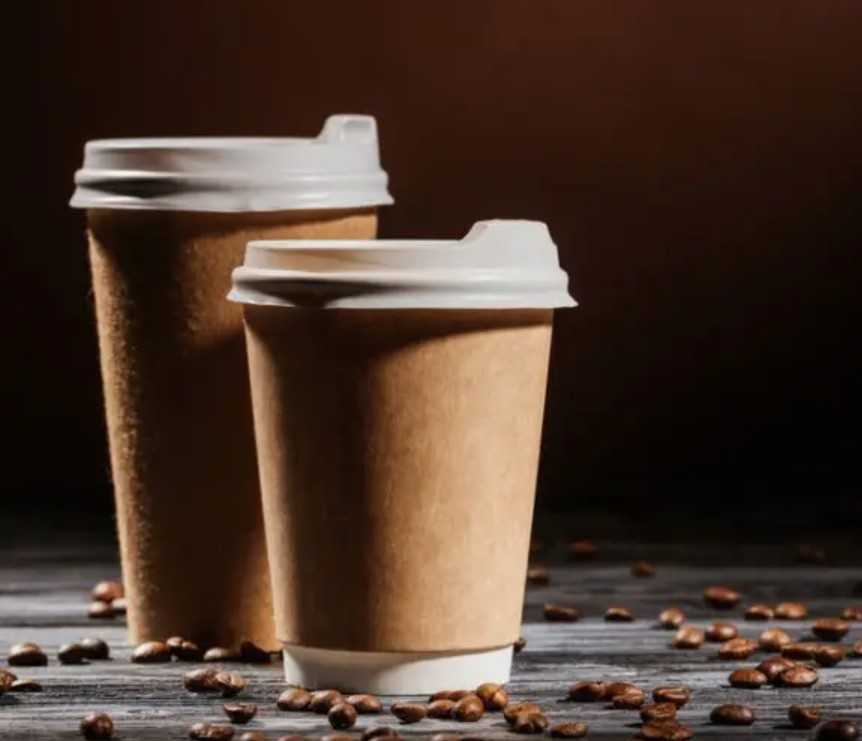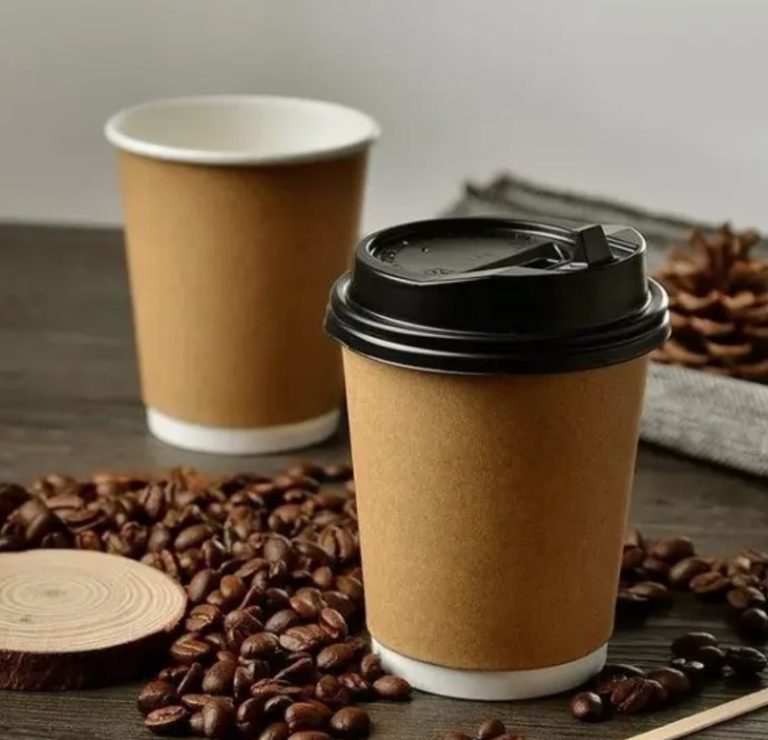Environmentally conscious coffee drinkers face an unsolved problem. You can now buy coffee on every corner, even in small towns. So far so good. The beloved hot drink is available there in a practical coffee to go cup. The coffee mug is used once, thrown away and is anything but environmentally friendly. Every second, thousands of coffee cups made of paper fibers and the industrially manufactured plastic polyethylene pollute our environment. In addition, the disposable cups contain lids and stirrers made of plastic, which also pollute the environment and are hardly biodegradable. In Germany, around three billion disposable cups are thrown away every year, of which 320,000 coffee cups are thrown away every hour. If you want to enjoy coffee on the go without regrets, you should look around for an alternative to the environmentally harmful coffee mug. The reusable cup is an alternative.
The reusable cup allows you to enjoy coffee with a clear conscience

If you want to continue drinking your coffee on the go, you can use a reusable cup. Enjoyment is also possible in a coffee to go cup, but is no longer clouded by a bad conscience. The practical reusable cups are made of bamboo, porcelain, glass, ceramic and stainless steel.
Glass, ceramics and porcelain are not particularly shockproof and should therefore be viewed with caution. Coffee mugs made of stainless steel are more suitable. The bamboo coffee to go cups often contain half bamboo and half plastic. Some are made entirely of plastic, resin, and cornmeal. It’s worth taking a close look at the ingredients in the coffee mug. The coffee stays warm longer in the insulated reusable cup. Take a look at our webshop and buy delicious coffee or practical portioned items to go with your coffee to go mug. So you always have sugar and milk in practical portions with you.
Reusable cups are also subject to strict hygiene regulations
Reusable cups can be taken anywhere. The practical coffee mugs are useful companions that make environmentally friendly coffee enjoyment to go possible. After use, rinse out your coffee to go mug and take it with you again. Coffee to go cups are subject to strict hygiene regulations.
This must be taken into account when pouring. Hygiene experts fear that coffee cups brought in and kept in non-sterile handbags will come into contact with bacteria. This can lead to contamination of the coffee machines behind the counter. To avoid this, the reusable cup should be filled on the sales counter. Don’t be surprised if the waiter doesn’t go behind the counter with your coffee to go cup.
Coffee to go cups are very trendy

Coffee enjoyment to go is in great demand and is trendy. It is very practical to be able to drink coffee anywhere. The environmentally friendly alternative, the reusable cup, has also been further perfected. There are now deposit systems for coffee to go cups.
You receive your coffee in a reusable cup and pay a deposit for it. If you return the empty coffee mug to another branch, your deposit will be refunded. In this way, the practical coffee to go cups can be used again and again.
You can find an ecologically very valuable variant of a to-go cup in our web shop. The bamboo coffee to go cup consists mainly of bamboo fibers – a rapidly renewable raw material. In addition, the mug is even dishwasher safe.



